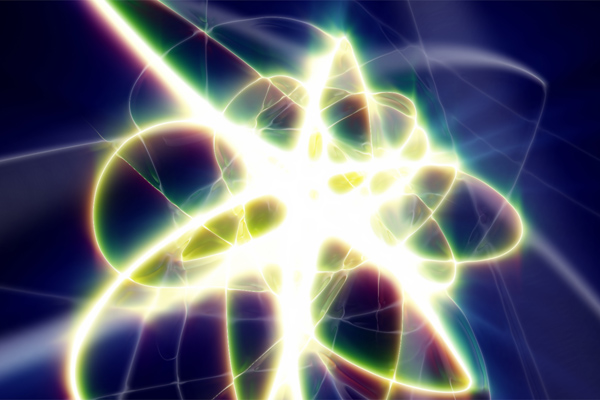Researchers discover elusive ‘cod particle’

In an announcement sending shockwaves through the global scientific community, Northeastern researchers have announced the discovery of the elusive Higgons-Boston, a subatomic particle unique to the Massachusetts state capital.
Also known as “the cod particle,” the Higgons-Boston is thought to finally provide scientists with insight into the unique physics of the “Hub of the Universe,” which causes the speech and mannerisms of those born here to be indecipherable to many outside the region.

Ben Franklin
The Higgons-Boston was first theorized in the 1970s, when Petunia Higgons and six other researchers proposed a mechanism to account for the unexplained physics of the area. But scientists have known of Boston’s strange physical characteristics since as early as the 1700s, when loquacious founding father Benjamin Franklin couldn’t explain the eccentricities of his hometown to his fellow Philadelphians. He acknowledged he was never fully able to shake his Boston roots, which he credited for his unusual hobbies including writing multiple newspaper editorials under assumed names and flying kites during dangerous thunderstorms.
The Snell Library archives include a letter from Franklin to his cousin: “There must be something that explains the oddities that define Boston life,” he wrote. “Much like the abundant codfish pursued by fishermen in Boston Harbor, there truly must be something in the water that makes Bostonians tick in their own way.” For the first time in history, we may finally know what that something is.
The search to identify and understand the long-theorized Higgons-Boston has been a top priority at the university since the construction of the world’s third largest particle collider in the late 1990s. Led by physics professor Ed Phickwissa, an interdisciplinary team of Northeastern researchers has spent years collecting and analyzing data from the university’s particle collider located underground on campus.
The new findings suggest that the so-called “Higgons field,” which attributes erratic behavior to the particles that pass through it, is especially strong in this small corner of the universe.
“Thanks to this discovery, we may finally know why Bostonians drop their Rs in speech and why the city’s drivers take to the streets with such terrifying abandon,” Phickwissa said.
“On second thought,” he added, “I’m not sure we’ll ever fully understand their driving habits, but if anything will bring us close to unraveling that mystery, it’s this research.”
In conjunction with a major expansion to Northeastern’s underground tunnel system, the NPC will now undergo a two-year maintenance period in which the instrument’s energetics will be significantly increased. The upgrade will allow for further investigation of the enigmatic “cod-particle” particle in 2015.
This article is part of news@Northeastern’s April Fools’ Day coverage.






